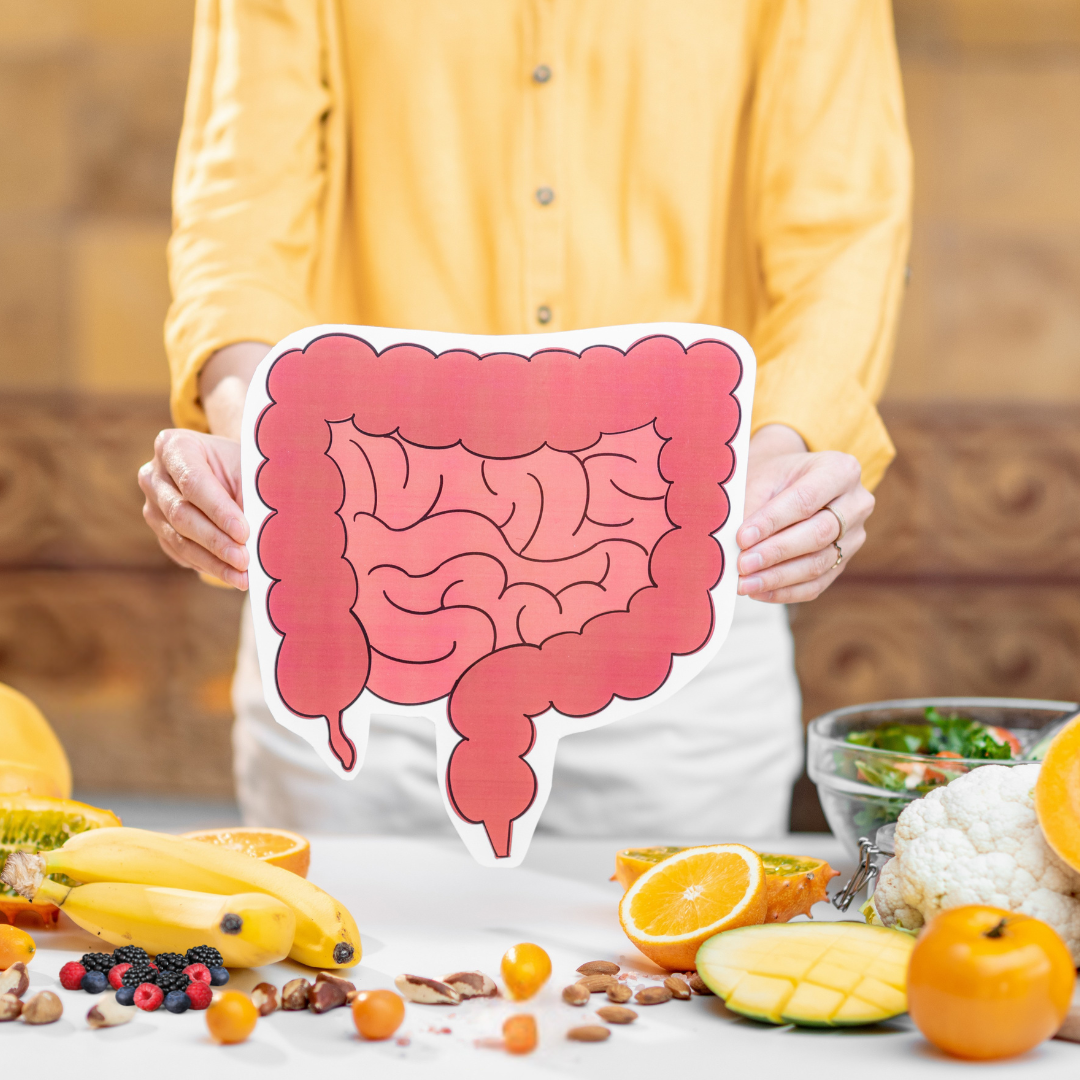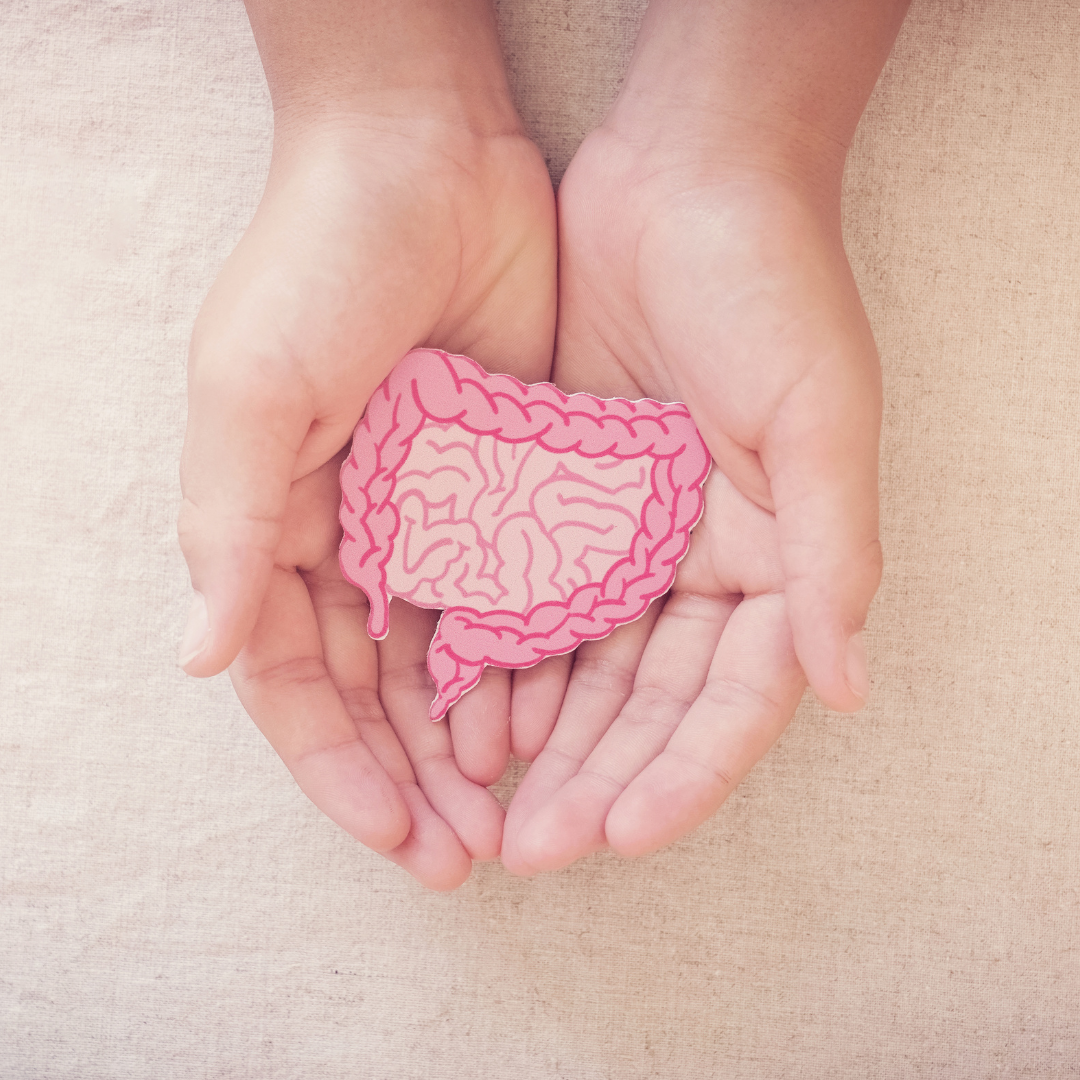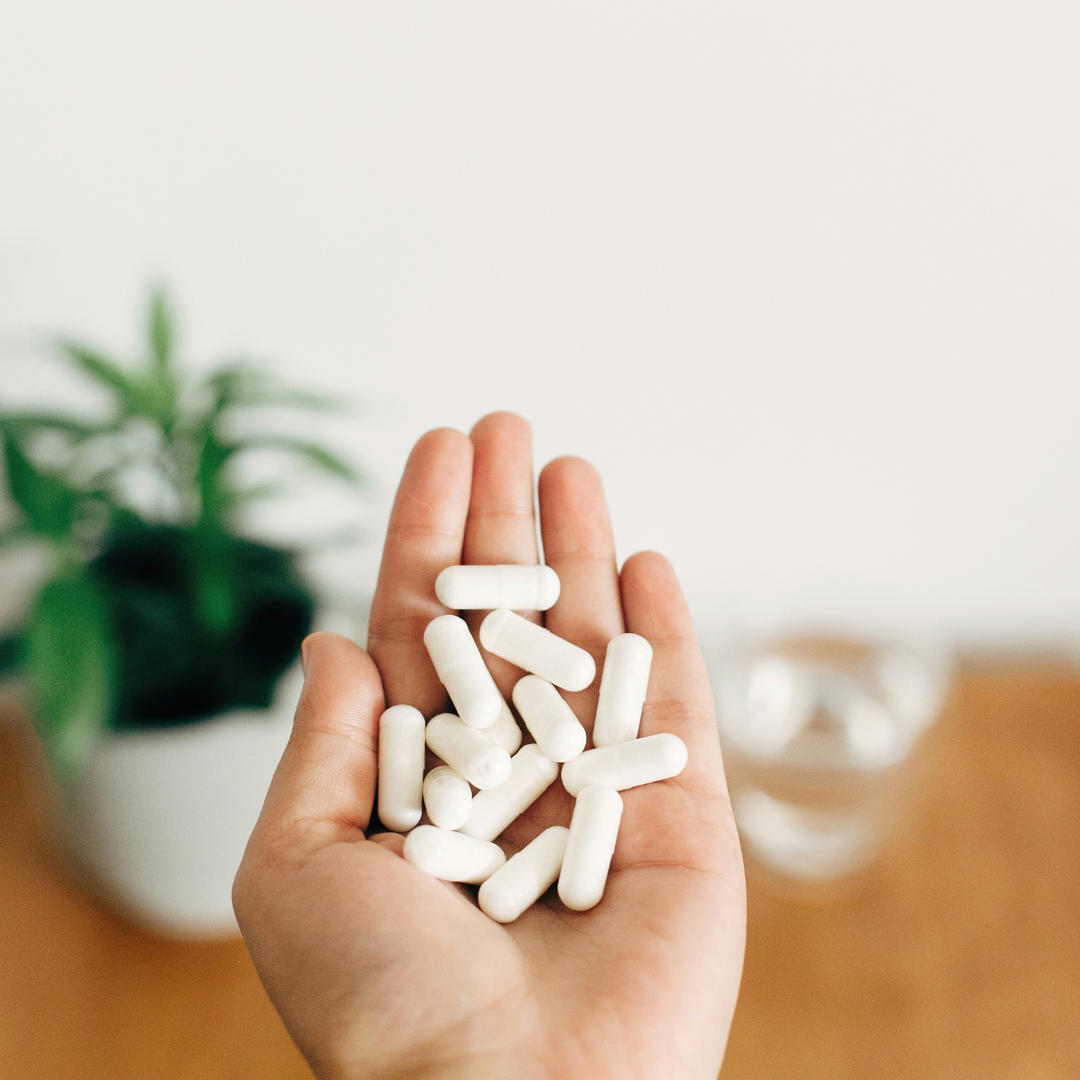Have you found yourself struggling with unwanted weight gain, despite your best efforts to stay active and eat healthily? Perhaps you gained weight after having kids, or it’s been creeping on as you’ve gotten older. Maybe you’ve tried various diets or added more exercise to your routine, but the scale just won’t budge. This frustrating plateau can make you feel like all your hard work is for nothing.
But don’t lose hope—there’s a reason why your weight loss has stalled, and it often comes down to underlying factors that traditional diet and exercise plans overlook. In this article, we dive into the science and strategies that go beyond the basics. By understanding how your body works and making targeted adjustments, you can overcome this plateau and achieve lasting results.
1. Optimizing Protein Intake
One of the key strategies to break through a weight loss plateau is optimizing your protein intake. Protein is essential for building and repairing tissues, supporting immune function, and maintaining muscle mass. To effectively support weight loss and metabolic health, aim for 1.2 to 1.6 grams of protein per kilogram of your desired body weight. This ensures you’re getting enough protein to support muscle maintenance and metabolic function.
High-Quality Protein Sources
Focus on incorporating high-quality protein sources into your diet, such as:
- Lean meats: Chicken, turkey, and beef
- Fish and seafood: Salmon, tuna, shrimp, and other seafood
- Eggs: A versatile and nutrient-dense protein source
- Dairy products: Greek yogurt, cottage cheese, and kefir
- Plant-based options: Beans, lentils, tofu, quinoa, and edamame
By focusing on the quality and quantity of your protein intake, you can support your body’s metabolic processes and make progress toward your weight loss goals. This foundation sets the stage for the other strategies we’ll explore to help you break through your plateau and achieve lasting results.
2. Detoxification & Liver Health
Detoxification is crucial for breaking through weight loss plateaus because your liver plays a key role in processing and breaking down fats. When your liver is working efficiently, it helps convert stored fat into energy, which is essential for losing weight. However, if your liver is overloaded with toxins from processed foods, environmental pollutants, and other sources, it can’t perform this function as effectively.
To support your liver and enhance its detoxification processes, focus on eating foods and herbs that promote liver health. Cruciferous vegetables like broccoli, cauliflower, and Brussels sprouts help the liver detoxify. Citrus fruits, beets, and leafy greens are also great for liver support. Additionally, herbs such as milk thistle, dandelion root, and turmeric (among many others) can further aid in detoxification and reduce inflammation.
By keeping your liver healthy, you improve its ability to process and break down stored fats, which can help you move past weight loss plateaus and achieve your goals.
3. Overnight Fasting
One effective strategy for breaking weight loss plateaus is overnight fasting, where you abstain from eating for 12-13 hours between dinner and breakfast. This simple yet powerful technique helps your body shift from burning glucose to burning stored fat for energy, which can enhance weight loss.
During the fasting period, your insulin levels drop, and your body begins to access and utilize fat stores. This metabolic shift not only supports fat loss but also promotes cellular repair and improves metabolic health. For example, to incorporate overnight fasting, finish your dinner by 7 PM and have your next meal around 7-8 AM. This allows your body ample time to rest, repair, and reset, making it easier to break through weight loss plateaus.
By consistently practicing overnight fasting, you can boost your metabolism, improve insulin sensitivity, and enhance your body’s natural ability to burn fat, helping you achieve your weight loss goals more effectively.
4. Improving Gut Health
Improving gut health is a crucial step in breaking through weight loss plateaus. Your gut, often referred to as your “second brain,” plays a significant role in regulating metabolism, hunger hormones, and nutrient absorption. When your gut health is compromised, it can lead to inflammation, poor digestion, and an imbalance in gut bacteria, all of which can hinder weight loss.
To support gut health, focus on incorporating probiotics and prebiotics into your diet. Probiotics are beneficial bacteria found in fermented foods like yogurt, kefir, sauerkraut, and kimchi, which help maintain a healthy gut microbiome. However, you don’t want to overdo it. Some individuals find that adding too many probiotic foods can actually lead to digestive issues like bloating. So it’s important to slowly add in probiotic foods and potentially only eat a few servings total per day. Prebiotics, found in fiber-rich foods like garlic, onions, bananas, and whole grains, serve as food for these beneficial bacteria, promoting their growth and activity.
Additionally, consider incorporating gut-healing foods such as bone broth, which is rich in collagen and amino acids that help repair the gut lining and anti-inflammatory foods like turmeric and ginger. Reducing processed foods, sugar, and artificial sweeteners, which can disrupt gut bacteria, is also essential.
By prioritizing gut health, you can reduce inflammation, improve digestion, and enhance your body’s ability to metabolize food efficiently. This not only supports weight loss but also contributes to overall well-being, helping you feel better from the inside out.
5. Managing Stress & Cortisol Levels
Managing stress and keeping cortisol levels in check is vital for breaking through weight loss plateaus. Chronic stress triggers the release of cortisol, a hormone that, when elevated for extended periods, can lead to weight gain, particularly around the abdominal area. High cortisol levels can also increase cravings for unhealthy foods and disrupt your metabolism, making it harder to lose weight.
To manage stress effectively, incorporate stress-reducing practices into your daily routine. Mindfulness techniques such as meditation, deep breathing exercises, and yoga can significantly lower stress levels and promote a sense of calm. Regular physical activity, even a simple walk in nature, can help reduce cortisol levels and improve your mood.
Herbal adaptogens like ashwagandha, rhodiola, and holy basil can also be beneficial. These herbs help your body adapt to stress and balance cortisol levels naturally. Ensuring adequate sleep and maintaining a consistent sleep schedule is equally important, as poor sleep can elevate cortisol levels and hinder weight loss efforts.
By actively managing stress and cortisol levels, you can prevent the negative impact they have on your metabolism and overall health. This holistic approach not only supports weight loss but also enhances your emotional well-being, helping you feel more balanced and in control.
6. Boosting Thyroid Function
Boosting thyroid function is essential for overcoming weight loss plateaus, as the thyroid gland plays a critical role in regulating metabolism. When thyroid function is insufficient, it can lead to symptoms such as fatigue, weight gain, and sluggish metabolism, making it challenging to lose weight.
To support your thyroid, focus on incorporating key nutrients that are vital for thyroid health. Iodine and selenium are two essential minerals that help the thyroid produce hormones efficiently. Seaweed, fish, dairy products, and eggs are excellent sources of iodine, while Brazil nuts, sunflower seeds, and seafood provide ample selenium.
Additionally, ensure you are getting enough zinc and vitamin D, which are also important for thyroid function. Zinc can be found in foods like meat, shellfish, legumes, and seeds, while vitamin D can be obtained through sun exposure and in small amounts from foods like fatty fish, fortified dairy products, and egg yolks. However, many individuals benefit from taking vitamin D supplements (e.g., 5000 IU per day for adults is often recommended, but it’s important to get your labs tested to know how much you need).
Herbs such as ashwagandha and bladderwrack can also support thyroid health. Ashwagandha is an adaptogen that helps balance thyroid hormones, and bladderwrack is a type of seaweed rich in iodine.
Reducing stress, improving sleep, and avoiding exposure to environmental toxins like heavy metals and pesticides can further support thyroid health. By addressing these factors and nourishing your thyroid with the right nutrients, you can enhance your metabolism, boost energy levels, and break through weight loss plateaus more effectively.
7. Sleep Quality & Weight Loss
Quality sleep is a cornerstone of effective weight loss and overall health. When you consistently get a good night’s sleep, your body can regulate hormones that control hunger, stress, and metabolism more effectively. Poor sleep, on the other hand, disrupts these hormonal balances, leading to increased appetite, higher stress levels, and a slower metabolism—all of which can contribute to weight gain and make it difficult to lose weight.
During sleep, your body repairs and regenerates tissues, including muscles, and balances hormones like leptin and ghrelin, which control hunger and satiety. Lack of sleep decreases leptin levels (the hormone that signals fullness) and increases ghrelin levels (the hormone that triggers hunger), making you more likely to overeat.
To improve sleep quality, establish a regular sleep schedule by going to bed and waking up at the same time each day. Create a restful sleep environment by keeping your bedroom cool (ideally 60-69 degrees F.), dark, and quiet. Limit exposure to screens and bright lights in the evening, as blue light can interfere with the production of melatonin, the sleep hormone.
Incorporating relaxation techniques such as reading, taking a warm bath, or practicing mindfulness before bed can also help signal to your body that it’s time to wind down. Additionally, avoid caffeine past 12-2 pm and heavy meals close to bedtime, as they can disrupt your sleep.
By prioritizing quality sleep, you support your body’s natural ability to regulate weight and metabolism, making it easier to break through weight loss plateaus and achieve your health goals.
8. Hydration & Metabolism
Staying properly hydrated is a simple yet powerful strategy for boosting your metabolism and breaking through weight loss plateaus. Water plays a critical role in almost every bodily function, including digestion, nutrient absorption, and the regulation of body temperature. Adequate hydration helps your body metabolize stored fat and maintain optimal metabolic function.
When you are dehydrated, your metabolism can slow down, making it harder to lose weight. Drinking enough water can increase your metabolic rate, helping you burn more calories even at rest. Additionally, water can help control hunger by filling your stomach, which can reduce the likelihood of overeating and snacking between meals.
To ensure you stay hydrated, women should aim to drink 2.7 liters of water a day, more if you are physically active or in a hot climate. Incorporate hydrating foods into your diet, such as fruits and vegetables with high water content, like cucumbers, watermelon, and strawberries.
Consider starting your day with a glass of water to kickstart your metabolism and staying consistent with hydration throughout the day. Non-caffeinated herbal teas and infusions can also contribute to your daily water intake while providing additional health benefits.
By prioritizing hydration, you support your body’s ability to efficiently process and burn fat, enhance energy levels, and promote overall metabolic health, making it easier to achieve your weight loss goals.
9. Incorporating Strength Training
Incorporating strength training into your fitness routine is a highly effective way to break through weight loss plateaus and boost your metabolism. Unlike aerobic exercises, strength training builds lean muscle mass, which increases your resting metabolic rate—the number of calories your body burns at rest. More muscle mass means a higher calorie burn throughout the day, even when you’re not actively exercising.
Strength training involves exercises that use resistance to build muscle, such as lifting weights, using resistance bands, or performing bodyweight exercises like push-ups, squats, and lunges. These exercises not only help you gain muscle but also improve bone density, joint health, and overall physical strength.
To effectively incorporate strength training, aim to work out all major muscle groups at least two to three times per week. Start with exercises that target multiple muscles, such as deadlifts, bench presses, and rows. Gradually increase the weight or resistance as your strength improves to continue challenging your muscles and promoting growth.
Additionally, incorporating compound movements—exercises that work multiple muscle groups at once—can maximize the efficiency of your workouts and boost overall calorie burn. Examples include squats with overhead presses or lunges with bicep curls.
If you’re new to strength training or you’re not sure where to start, working with a personal trainer or joining classes at a local gym, can be a great and safe way to get started.
By adding strength training to your fitness regimen, you not only enhance your muscle mass and metabolic rate but also improve your body’s composition and physical performance. This approach not only aids in breaking weight loss plateaus but also promotes a stronger, healthier body.
10. Meal Timing
Meal timing can be a powerful tool in breaking through weight loss plateaus and optimizing your metabolic health. When you eat can be just as important as what you eat. By strategically timing your meals, you can improve digestion, balance blood sugar levels, and enhance your body’s ability to burn fat.
Benefits of Consistent Meal Timing
Eating at regular intervals helps regulate your body’s internal clock, known as the circadian rhythm, which plays a significant role in metabolism. Consistent meal timing can prevent overeating and keep your energy levels stable throughout the day. Aim to have your meals at roughly the same times each day to support metabolic efficiency.
Front-Loading Your Calories
One effective strategy is to consume larger meals earlier in the day and smaller meals in the evening. Your body’s ability to metabolize food is higher in the morning and afternoon, making it easier to burn calories and use nutrients effectively. Eating a substantial breakfast and a nutritious lunch can provide sustained energy, while a lighter dinner can prevent the storage of excess calories as fat.
Incorporating Snacks Wisely
Healthy snacks can help maintain energy levels and prevent hunger between meals. Choose snacks that combine protein, healthy fats, and fiber to keep you satisfied and stabilize blood sugar levels. Examples include a handful of nuts, a piece of fruit with nut butter, or vegetable sticks with hummus.
Avoid Late-Night Eating
Late-night eating can disrupt your metabolic processes and lead to weight gain. Try to finish your last meal at least 2-3 hours before bedtime to allow your body time to digest and enter a fasting state overnight. This not only supports better sleep but also encourages your body to utilize stored fat for energy during the fasting period.
By paying attention to when you eat and aligning your meal times with your body’s natural rhythms, you can enhance your metabolic function, support weight loss, and break through plateaus more effectively.
Conclusion
Breaking through weight loss plateaus can be challenging, but with the right strategies, you can reignite your progress and achieve your health goals. By optimizing protein intake, supporting liver health and detoxification, incorporating overnight fasting, improving gut health, managing stress and cortisol levels, boosting thyroid function, prioritizing sleep quality, staying hydrated, incorporating strength training, and timing your meals strategically, you can enhance your metabolism and overcome any obstacles on your weight loss journey.
Remember, every individual is unique, and what works for one person might not work for another. That’s why personalized guidance can make all the difference. If you’re ready to take control of your health and achieve lasting weight loss, consider scheduling a 1:1 consulting session with me. Together, we can create a customized plan tailored to your specific needs, helping you unlock your full potential and feel your best.
Don’t let a weight loss plateau hold you back any longer. Learn more about my consulting services and start your journey to optimal health today. Click HERE to schedule your consultation and take the first step towards a healthier, more vibrant you.









